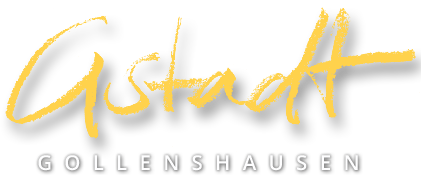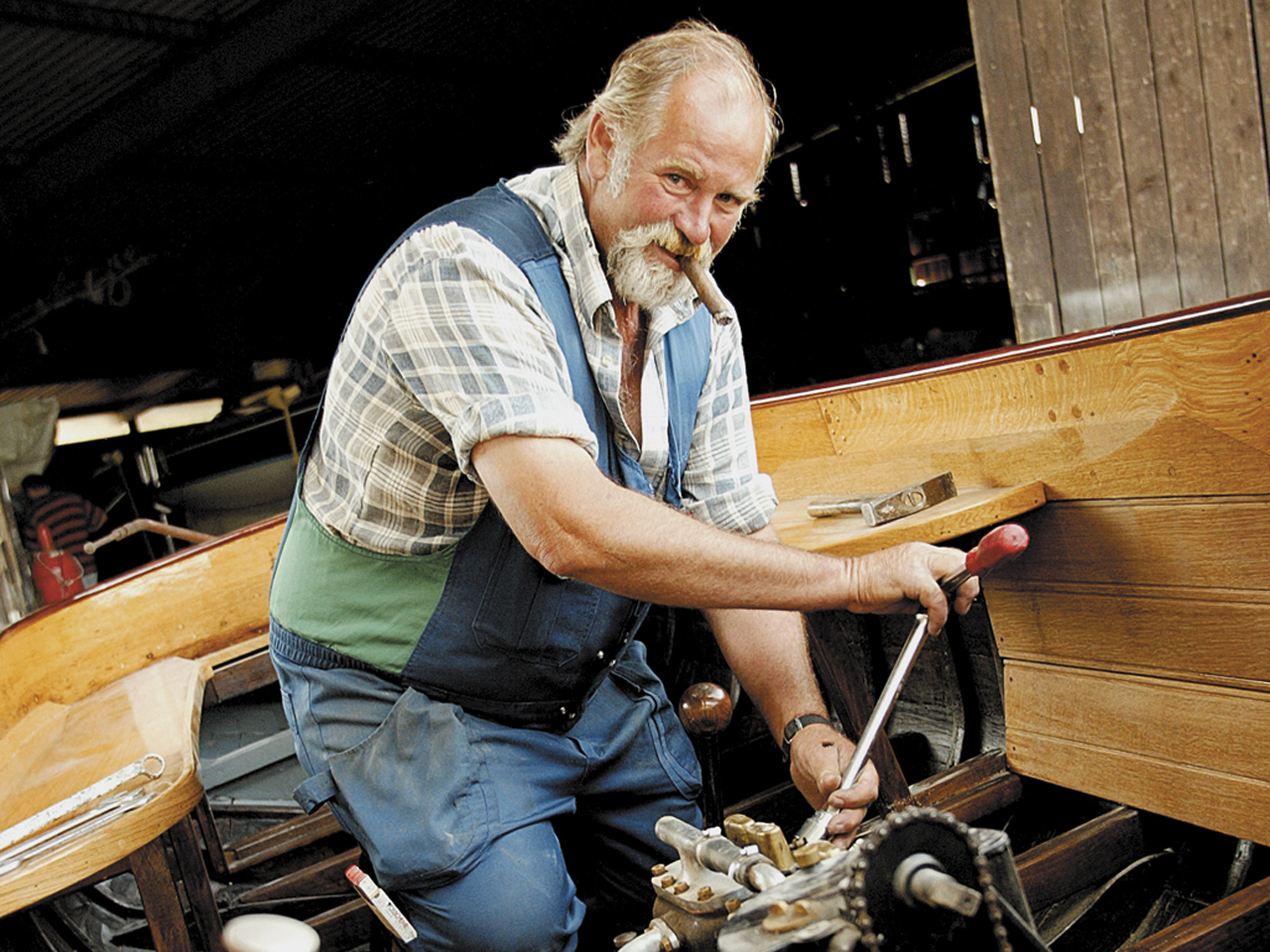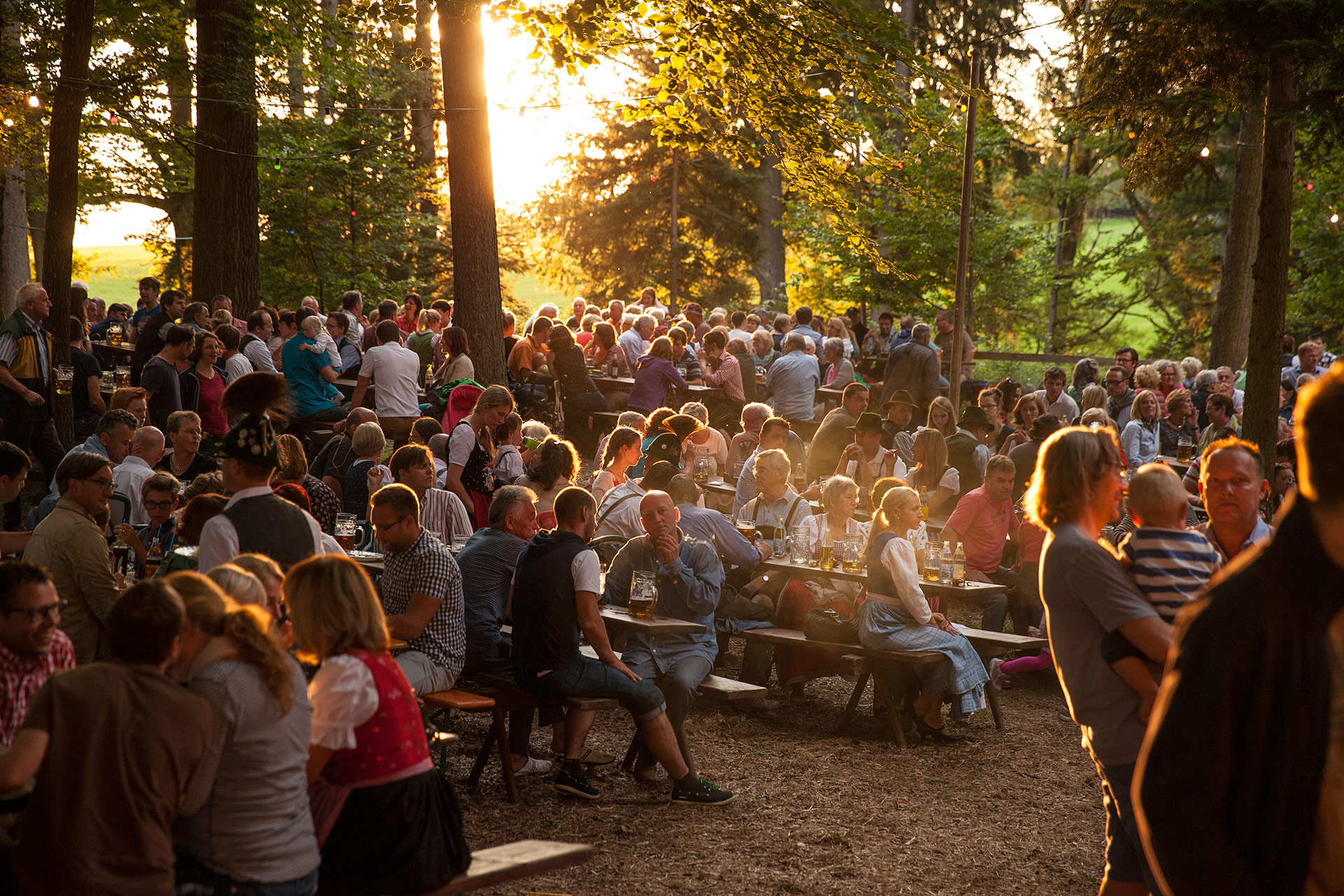Customs and Culture
In Chiemgau, customs and modern day life go hand in hand, where the rare crafts such as quill embroidery, the production of traditional hats or basket weaving are still carried on.
History
Remains of the earliest settlements in Chiemgau, such as objects of use or of stilt houses, date back to the Stone and Bronze Age from 5000-500 B.C. The findings can be viewed in the Bedaium-Museum in Seebruck and in the museum in Traunstein. Salt production and salt trade also gained importance with the Iron Age, the large farms increased, and finally the Chiemgau area was integrated into the Roman province of Noricum.
In the Middle Ages, the land was settled by the bavarian ancestors, the „Bajuwaren“ with their interesting burial rituals, who originated from the Elbe. Gollenshausen (“Golduneshusa”) was first documented in 924 and Gstadt in 1168. The “Gestadte” was the departure point for the boat crossing to Fraueninsel.
The St. Simon and Judas Church of Gollenshausen dates back to the 15th century and is decorated with frescos on the southern exterior wall. The first tourists arrived at the beginning of the 19th century with the postal coach from Munich and walked the last stretch from Weisham to Gstadt. Especially painters from the so called “Munich School”, such as Max Haushofer, also poets and writers like Felix Dahn, Steinhel or Eugen Ortner, had discovered their “summer retreat”.
Throughout the centuries, Gstadt, Gollenshausen and, above all, the 13 hamlets, which are now part of the municipal area, remained loyal to farming. The settlement of larger industrial enterprises could be avoided – and so it should remain.
Tradition
The summer events calendar of the traditional bavarian costume associations around the lake is filled with festivities. The brass music bands and dance groups of these clubs and associations are definitely worth the experience.
The diverse club life in the municipality of Gstadt, includes the “volunteer fire brigade Gstadt” or the “Gstadter Eisschützenverein”, and in Gollenshausen, the “soldiers and warriors’ club Gollenshausen”, the “Schützengilde Gollenshausen” or the “Feuerwehrverein Gollenshausen”.
Some of the clubs are located in our neighboring community of Breitbrunn, such as the “Gebirgstrachtenerhaltungsverein D`Chiemseer” or the “Männergesangsverein Breitbrunn-Gstadt”. This originated because the traditional associations were not formed according to the municipal areas, but according to the diocese. Gollenshausen has its own parish, and therefore an almost independent community of traditional clubs. The district of Gstadt belongs to the parish of Breitbrunn, so Gstadt and Breitbrunn often formed a joint association.
Gstadt – the Artist’s Village
Chiemsee, with its picturesque islands and villages, has always attracted many artists. Especially motifs from Gstadt, with the fantastic view of the Fraueninsel and the mountains in the background, show the full beauty of this area. It is not surprising that more artists came to Gstadt than to any other village at the lake, making it well known early on.
Fishing
To this day, fishing at Lake Chiemsee is a lively trade, which continues the tradition that has been practiced by professional fishermen for many generations. The lake has drinking water quality which the fish enjoy too: 28 fish species are native to Chiemsee, including renke, perch, bream, pike, eel, catfish and pike-perch. At present, there still are 16 families on Lake Chiemsee, who make their living from fishing. A fishermen’s family catches about 4 – 5 tons of fish in the lake per year. The stock is secured by breeding young fish in the local fish breeding facilities. Renke is the most popular fish which can be tasted in many ways, as „Steckerlfisch“ (grilled on a stick over the open fire), smoked, fried, marinated or baked.




